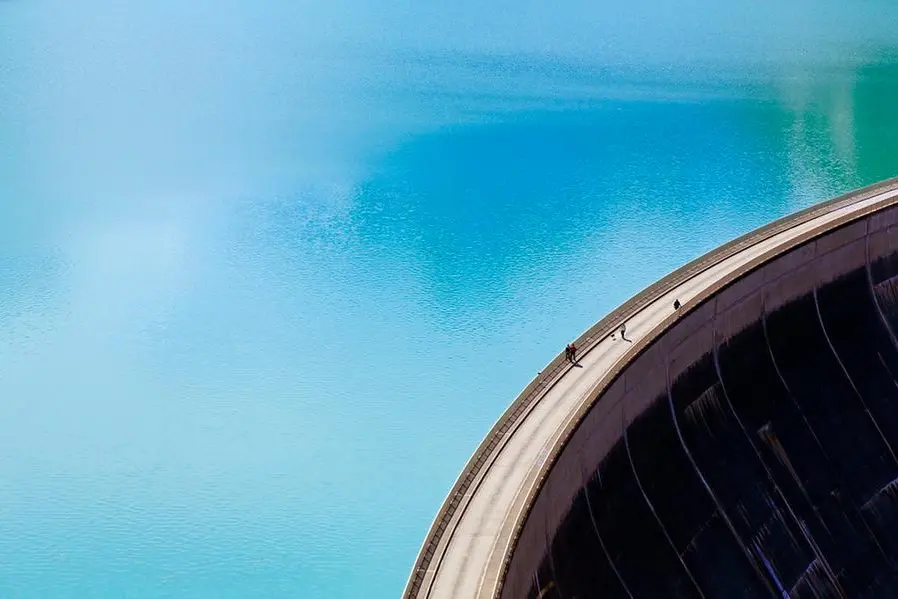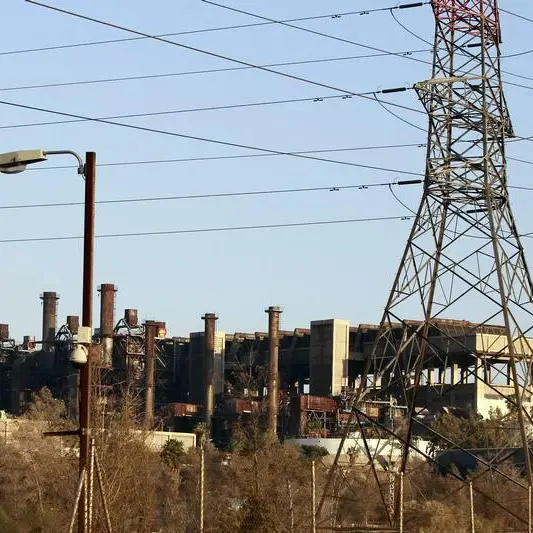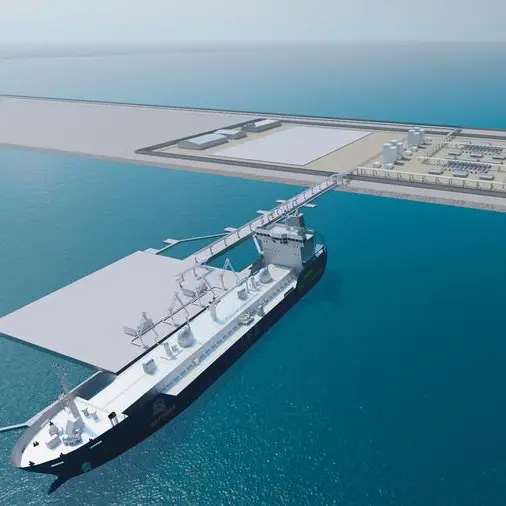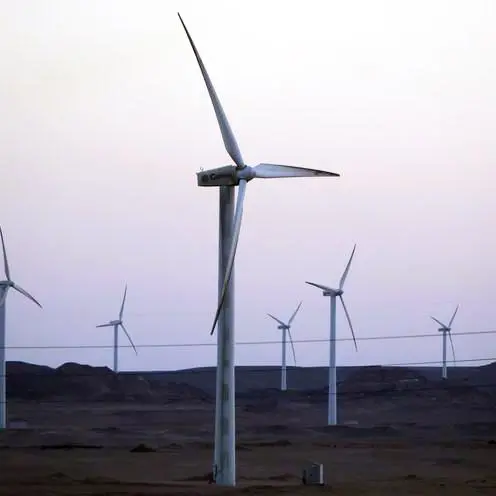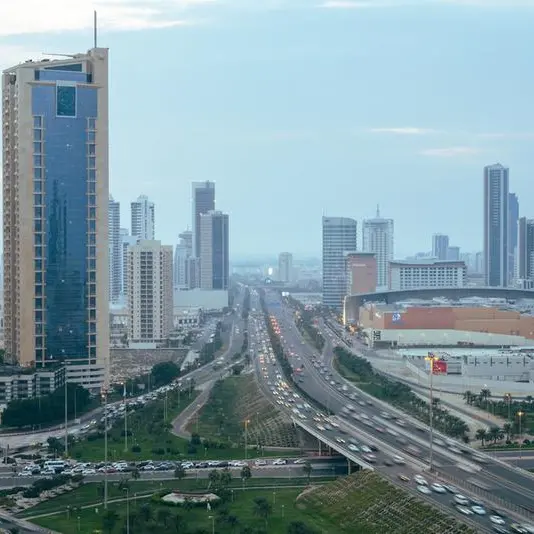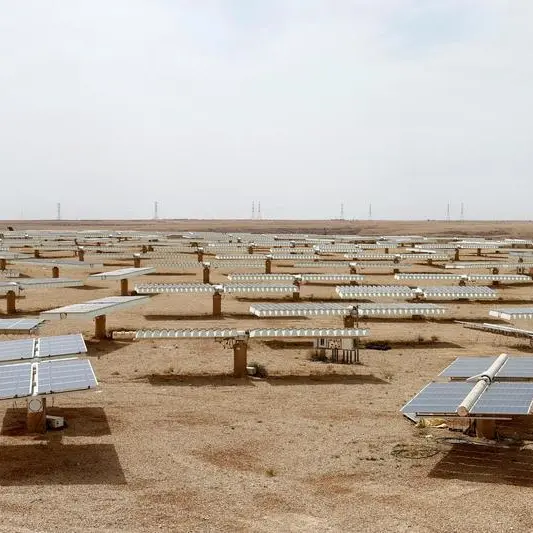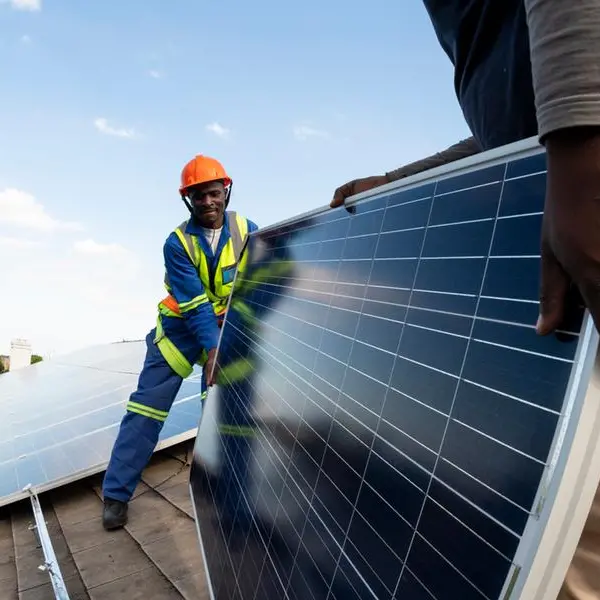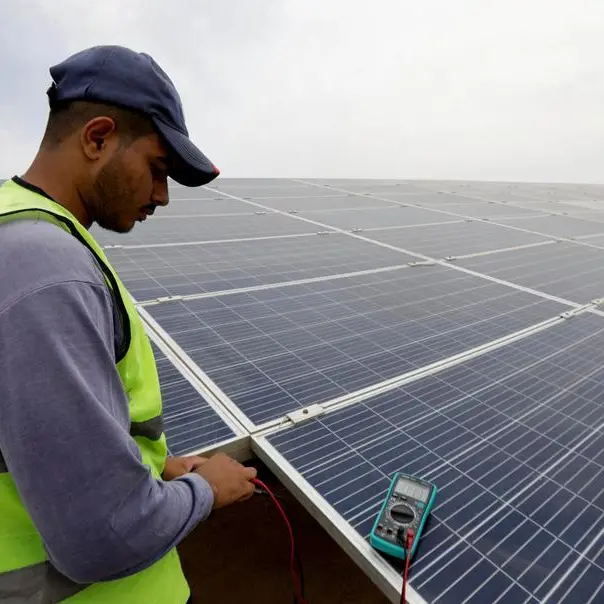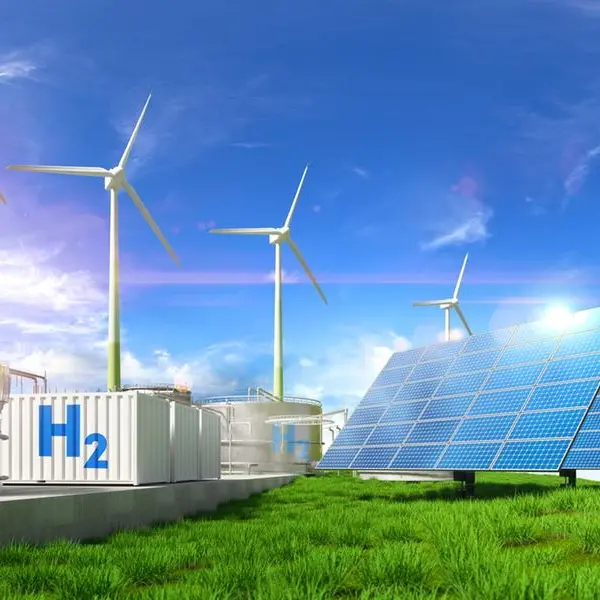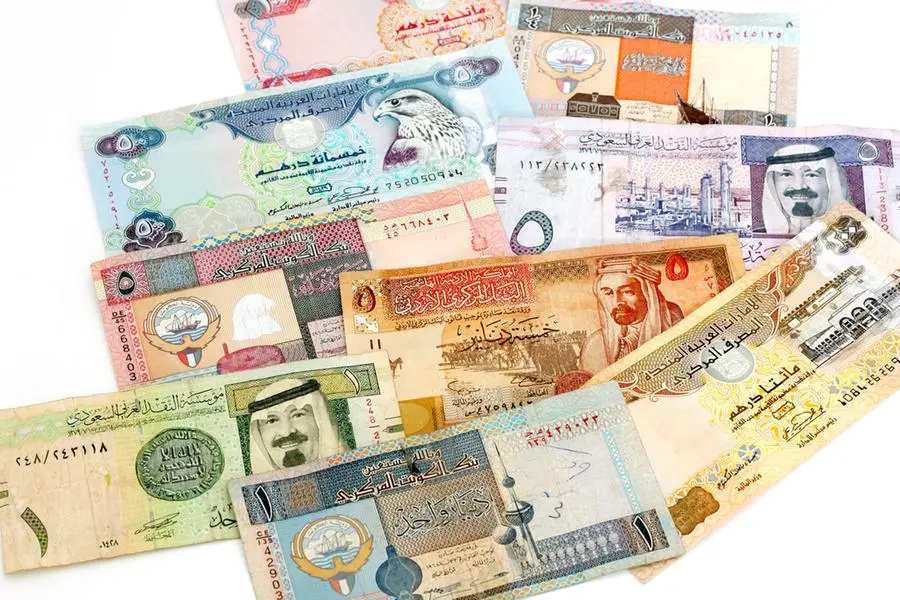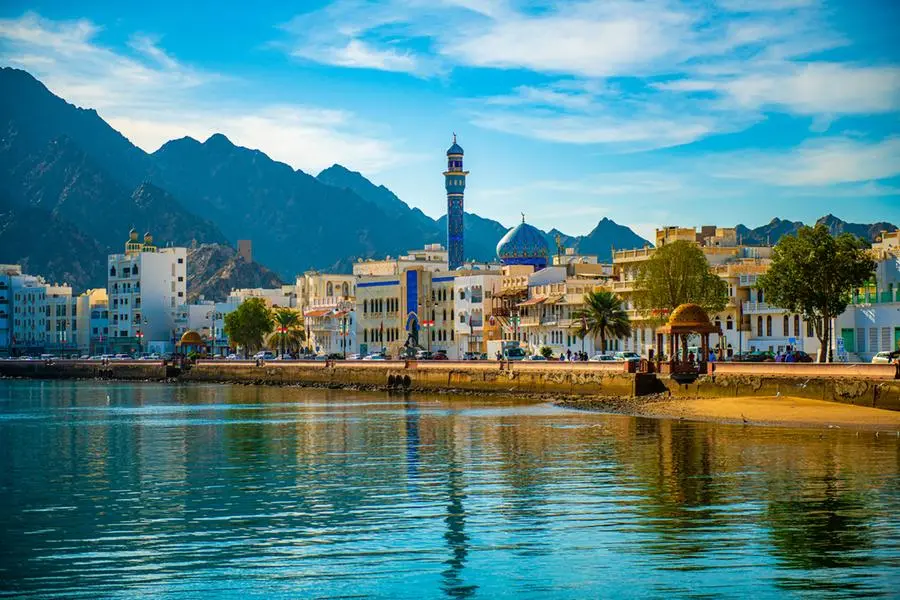PHOTO
Mooserboden reservoir with Mooser dam; water power into electricty;
MUSCAT: In tandem with investments in new potable water capacity at key locations around the country, Oman’s water authorities are also developing the nation’s water transmission networks to ensure water security in the event of supply disruptions and other contingencies.
This effort, spearheaded by Oman Water and Wastewater Services Company (OWWSC) — a member of Nama Group — is being achieved through investments in new transmission projects, the overhaul of existing ones, and the interconnection of different water zones to help boost the overall resilience of the nation’s potable water infrastructure.
Separately, OWWSC is developing a unique transmission system capability tool that enables the company to constantly assess the capacity of the transmission system to meet water demand growth in a given zone. With the aid of the tool, OWWSC can anticipate potential constraints related to transmission capacities between the Suhar, Barka and Muscat water zones, for example. Concerns flagged by the tool can be jointly mitigated by OWWSC, as well as Oman Power and Water Procurement Company (OPWP), the sole national buyer of power and water output.
According to OPWP, also a member of Nama Group, improvements in water transmission networks are underway across multiple water zones that together constituted the Main Interconnected System (MIS). With water transfers from one zone to another becoming the norm in the face of rising demand growth, interconnectivity has become indispensable.
The Muscat Zone, for example, receives potable water supplied from Ghubrah II Independent Water Project (IWP), supplemented by supplies from well-fields operated by OWWSC and some transfers from the Barka Zone as well. Volumes from the first phase of Qurayyat IWP, which is due to be commercially operationalized in 2024, are flowing in as well.
To ensure adequate transfers from the Barka Zone in line with demand projections, local transmission facilities are the subject of an ongoing multi-year reinforcement and capacity expansion programme, according to OPWP. The reinforcement will increase the total capacity transfer from Barka to Seeb (in Muscat Zone) by 100,000 m3/day, up from 320,000 m3/day presently. At the same time, reinforcement of the Al Khoud Main Pumping Station, slated for for completion in 2023, will boost transfer capacity to Al Dakhiliyah to 207,000 m3/d (equivalent to 46 million imperial gallons a day - MIGD) by 2028.
“The resulting additional water flow to Al Dakhiliyah reduces the maximum available transfer capacity from Barka to Seeb. This transfer capacity reduces steadily from 264,000 m3/d in 2022 to about 234,000 m3/d in 2025 as water demand in Al Dakhiliyah grows. In 2026 Ghubrah III IWP will be available with a capacity of 300,000 m3/d to cover the peak demand with margin in Muscat Zone,” state-owned OPWP noted.
Ghubrah III IWP, with around 300,000 m3/day of water desalination capacity, is expected to reach its Commercial Operation Date (COD) in Q2 2026, helping address water demand growth projections that year. Any emergencies in the Muscat Zone, however, is proposed to be met through supplies from a new Independent Water Project that will harness resources of Wadi Dayqah reservoir, according to OPWP.
2022 © All right reserved for Oman Establishment for Press, Publication and Advertising (OEPPA) Provided by SyndiGate Media Inc. (Syndigate.info).
